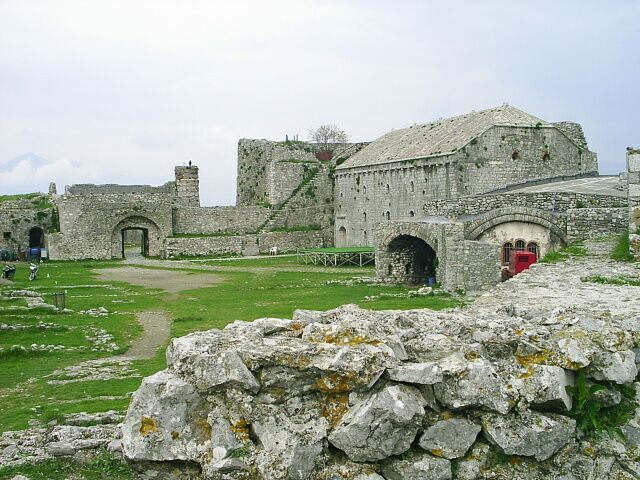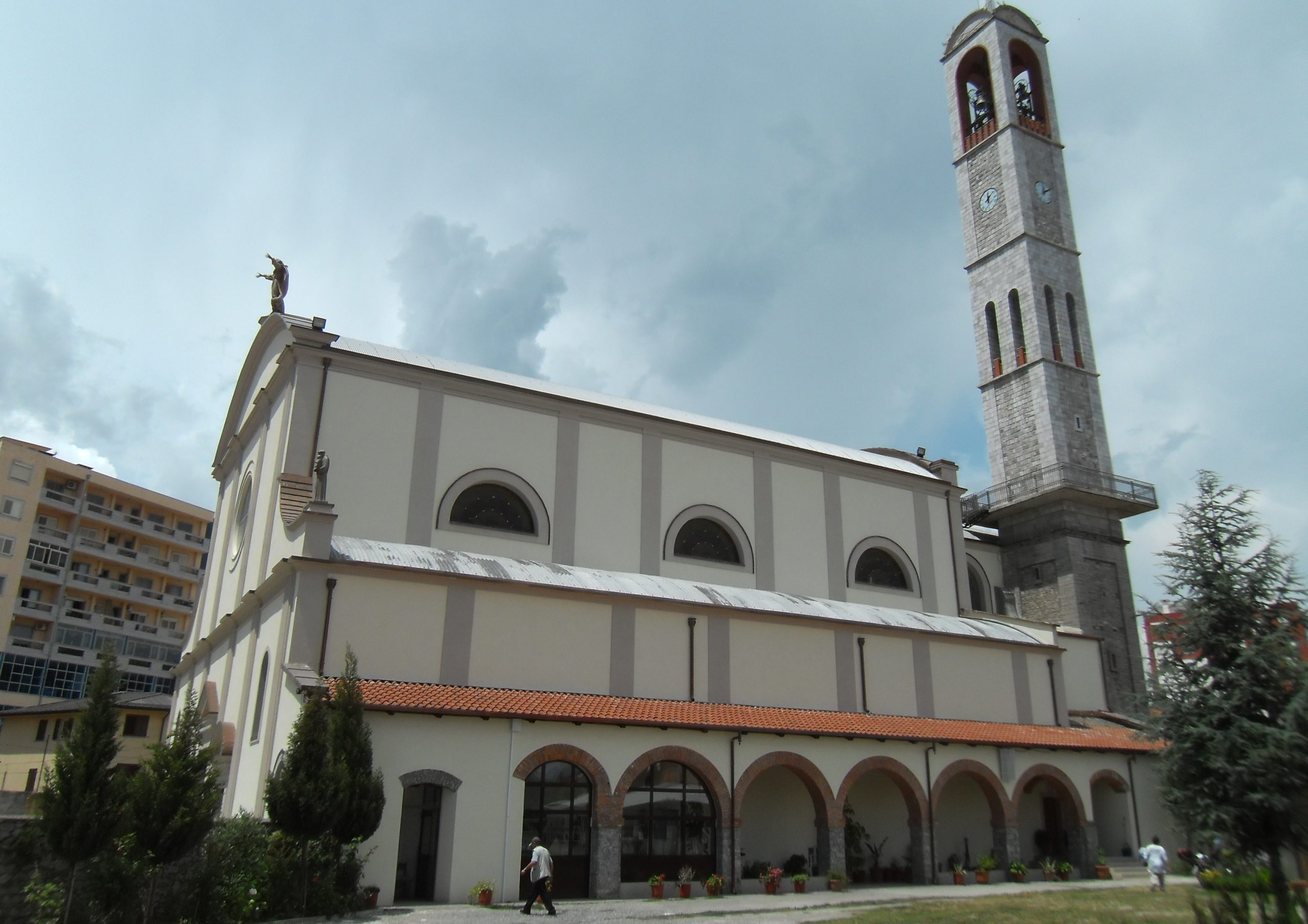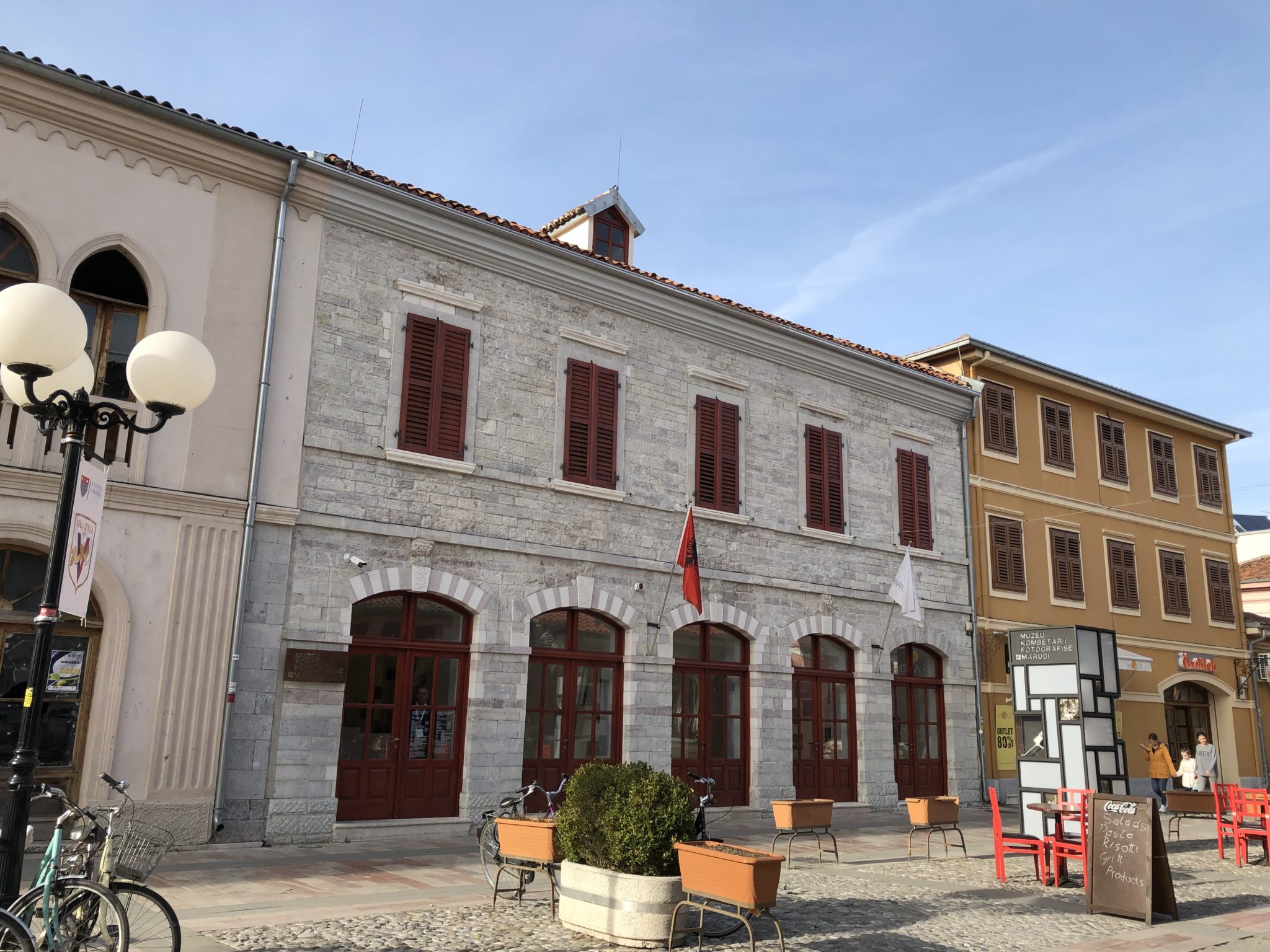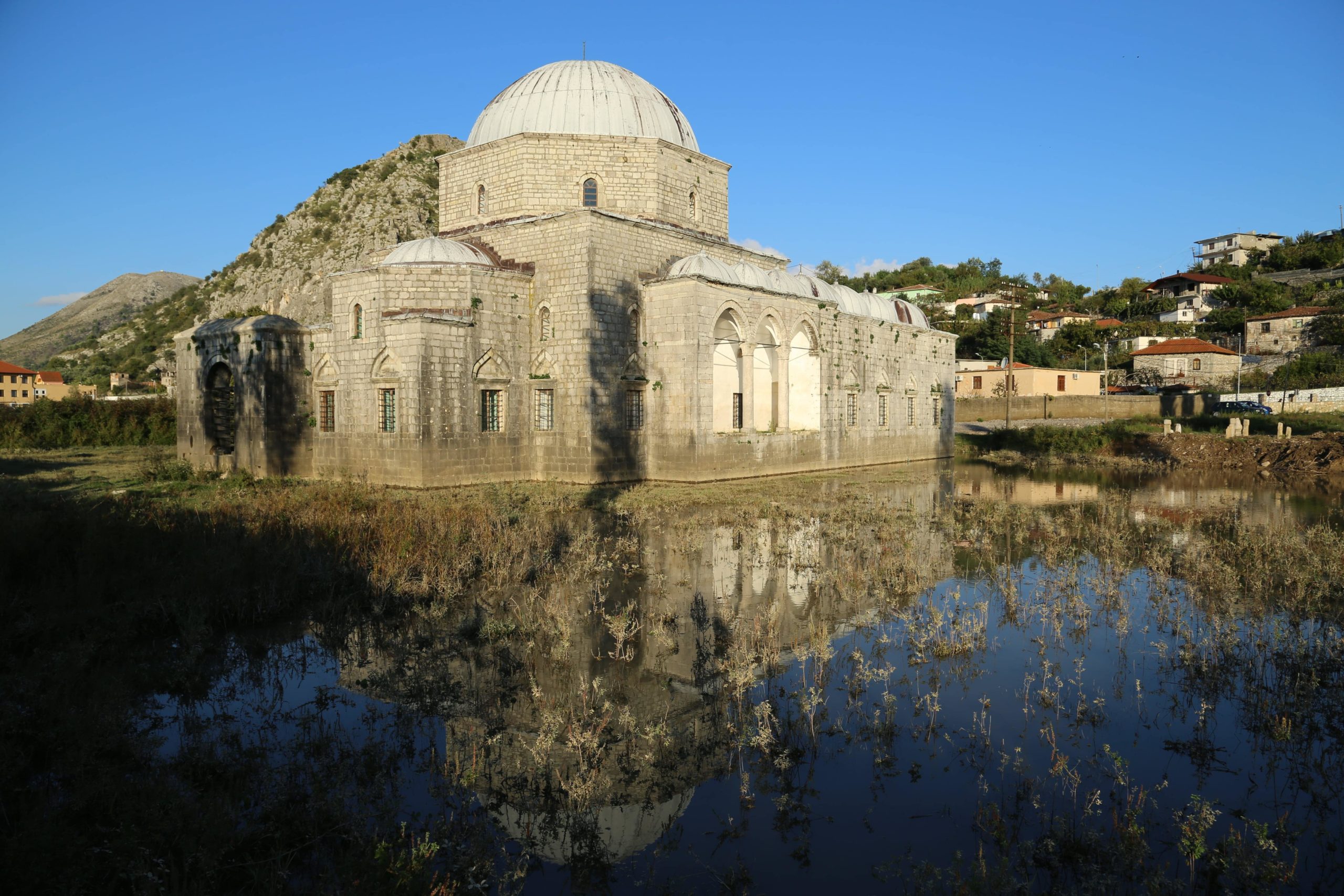Shkodra Castle named after Rozafa is a millennial monument erected on a rocky hill at the entrance to the city of Shkodra, to its south-east.
The castle lies on a hill that has been inhabited since antiquity.
Inside the castle there are several rooms associated with a cylindrical tower, a warehouse and a three-storey building of Venetian times, called the Captaincy. The second courtyard in the central part has four water collection tanks, quadrangular covered with arches, from where water was taken through the mouths of circular wells. There is a warehouse, a prison and the Fatih Mosque.






